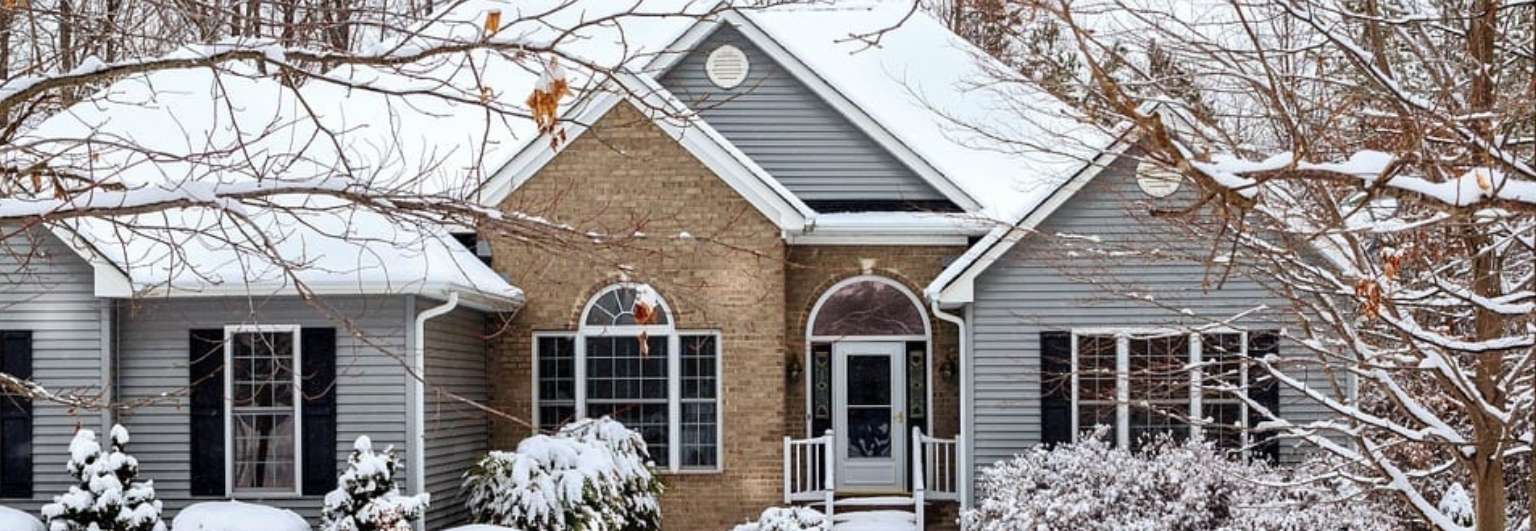
01 Jan Winterize Your Home This Season
It seems like in the blink of an eye the fall season was gone and winter took over. It’s important to keep your home maintained during these cold days and winterize some aspects of it to prevent damage. As a homeowner or even a renter, taking responsibility to winterize your home is essential. Check out these quick tips to do just that.
Winterize the Pipes
Protect your home from water damage by insulating outside pipes or pipes that run through unheated areas throughout your home. Areas could include garages, basements, or even attics. This will prevent the pipes from freezing and bursting, which could cause overall damage to your home including its fixtures and appliances and damage to your plumbing systems. If you don’t know how to winterize your pipes, call your local plumber for expert help. In the case of extreme temperature drops, leave a few faucets running throughout your home to guard against freezing pipes.
Check Heat Sources
Furnaces, boilers, and chimneys should always be serviced before the start of the winter season to prevent house fires. Having them serviced will remove any buildup from the year before and keep them running efficiently to heat your home and water. Check all smoke detectors throughout your home too, because residential fires are more common during the winter since furnaces, boilers, and chimneys are used more to heat homes.
Snow and Ice Removal
Make sure to properly remove snow and ice on driveways or sidewalks to prevent strains and slips or falls. When a snowy day hits, shovel show after every few inches that fall or wait until the storm ends and remove the snow in layers. Don’t shovel too much snow at one time to prevent straining your back. Once the snow is removed, salt driveways or sidewalks to prevent ice from forming.
Seal Cracks
Seal openings, holes, or cracks around your windows or doors to prevent cold air penetrating your home. Doing this will keep your home nice and cozy by keeping the cold out and the heat in. It will also prevent your heater from running constantly to make up for the cold air entering through unsealed areas.
Taking these simple steps to winterize your home this season is essential. For extra added protection in case of an unexpected accident related to winter weather, make sure your home is fully protected with homeowners insurance. Call our office today to speak with one of our Personal Risk Advisors to discuss your options.


No Comments